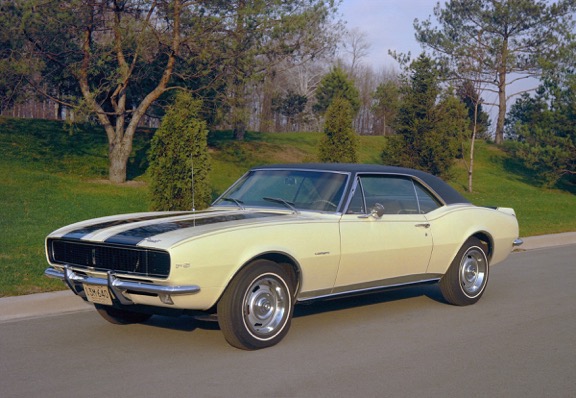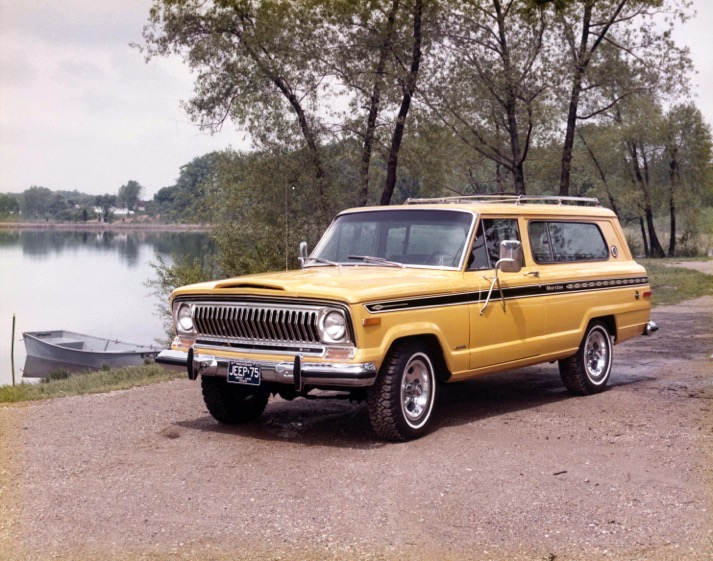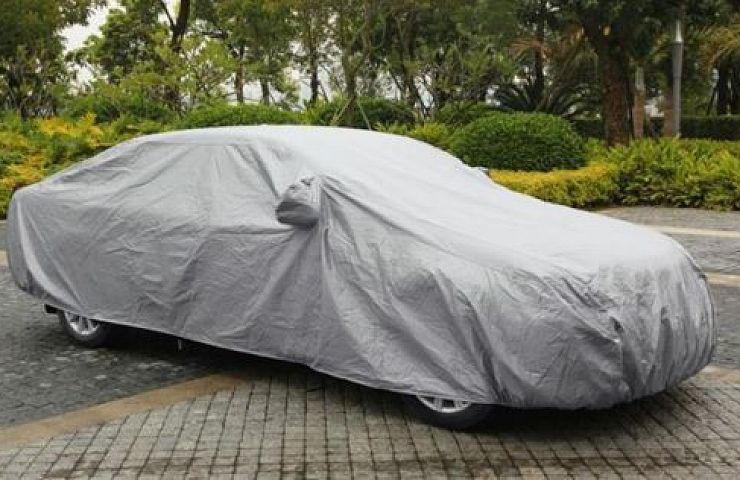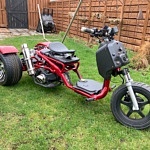Classic car owners living in colder climates face special challenges when the mercury drops. Here’s the central question: drive it or store it?
There are obvious benefits and drawbacks to driving an older car in the winter. You get to continue enjoying your classic ride—and it’s easier and less expensive than many storage options. On the other hand, the risk of an accident is higher. Also, since older cars are not built from galvanized steel, corrosion from road salt is a common problem.
Storing a car eliminates these risks, but can be expensive and carries its own challenges. Cars need to be exercised. When parked for extended periods of time, gaskets and hoses dry out, fluids leak, batteries discharge, and corded nylon tires develop flat spots that can be hard to bring back to round.
What you as the owner decide depends on your car’s value, personal preferences, and your access to covered, dry storage.

Owners of valuable classics such as the 1967 Z28 Camaro should consider a dry storage facility during the winter.
Drive On
If your car is what aficionados sometimes call a nice 20-footer—good looking but not show quality—you might consider driving it. If you do, buy a separate set of wheels and winter tires for better snow traction. Before winter begins, clean and wax the exterior to protect the paint. Simichrome is a great product for polishing and getting small imperfections out of chrome trim.
Since cold temperatures can make it difficult to wash a car outside, locate a good indoor hand-wash service within reasonable driving distance. Seek out car washes with “belly busters” that spray soap and water directly on the underbelly of the car where exposure to road salt is worst. Wheel wells collect dirt and moisture, so frequently clean them out, even if it means rinsing the areas with water in your garage.

Some classics such as this 1975 Jeep Cherokee handle well in winter weather but make sure you have winter tires for the best traction.
Store at Home
If you have available garage space to park your classic car at home, you can avoid some of the problems associated with long-term storage by taking the car around the block about once a week during the winter. Temperature isn’t particularly important, but dry roads are essential—to minimize salt and water splashing onto the chassis. Unlike corded nylons, radial tires stay round when parked, so think about installing a set for the winter months.

Store cars with corded nylon tires on jacks to prevent flat spots.
Storing Off-Site
Storing a car off-site takes some planning since storage spaces are limited and good ones tend to get quickly booked. If possible, get recommendations from fellow car club members regarding reliably managed facilities and tour the facility before you bring your car in for storage.
Before storing the car, wash and wax the exterior and clean the upholstery. If the brake fluid is more than two years old, flush and refill it to prevent the brake shoes from rusting due to moisture accumulation in the brake system. Coolant should be 50 percent antifreeze and 50 percent water. Change the oil and oil filter since motor oil deteriorates over time whether or not the car is driven.
Remove the battery and clean the surface with a mixture of baking soda and water. Battery cleaning tools make it easier to clean the terminals and cable clamps. Use a trickle charger to keep the battery charged when the car is not in use. Never store a battery on a cold concrete garage floor as it will discharge more quickly.
Put the car up on jack stands to prevent the tires from developing flat spots. Most cars will have an indentation on the rocker panel near the wheel to help in positioning the jack before raising the car up. A car cover will prevent airborne dirt and dust from settling on the car’s surface but make sure that the cover has adequate ventilation so that moisture from humidity can’t build up inside.
Get Insurance
Finally, contact your auto insurance agent to ask about managing the policy while the car is in storage. You will want to maintain coverage against damage and theft, but should be able to save some money because the car is not being driven. Hagerty, a company that specializes in classic car insurance, is a good source of information and quality coverage plans.
And there’s one other step: get a good classic car calendar and the count the days until spring.
Also: it’s not too early to think about what you’ll need to get your car out of storage and back on the road in spring.





